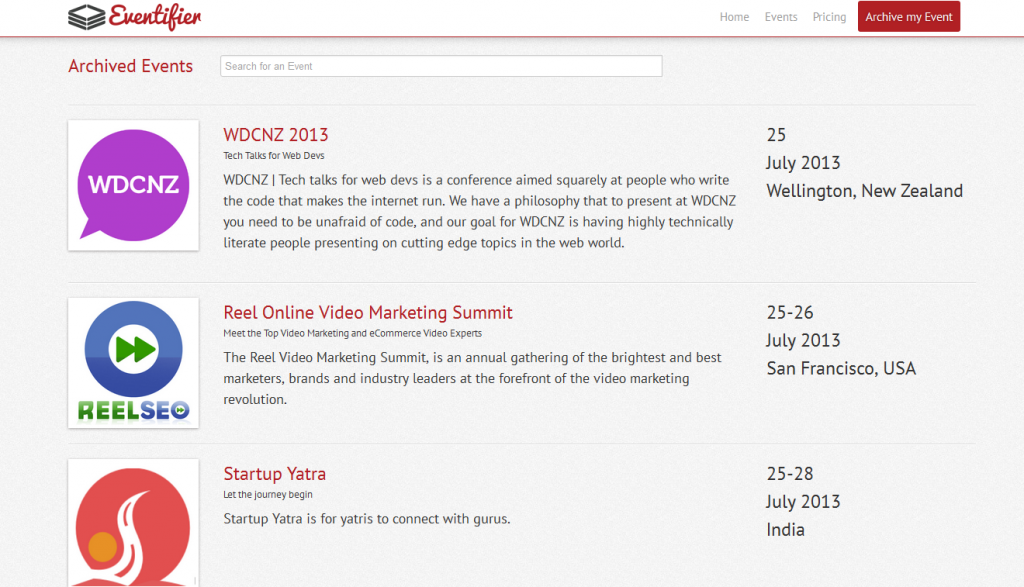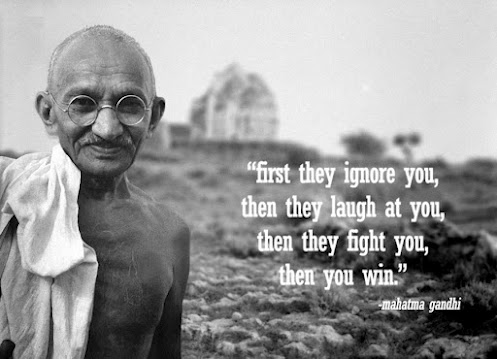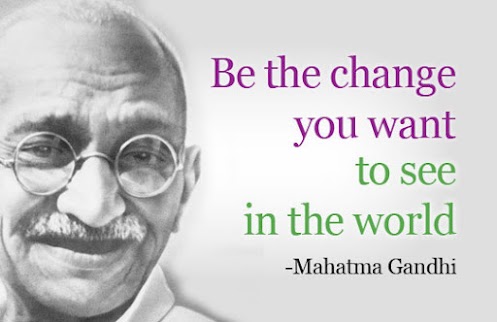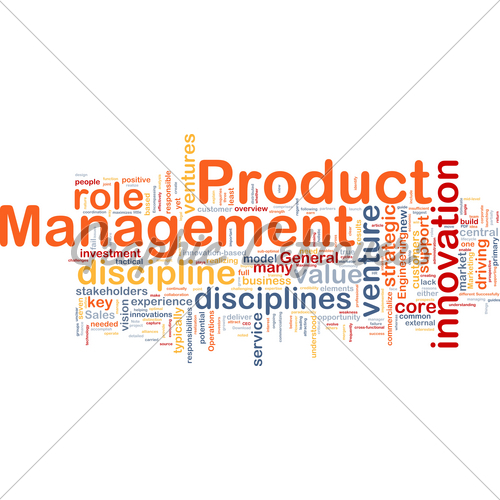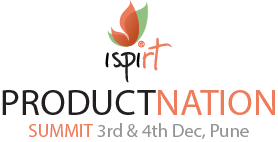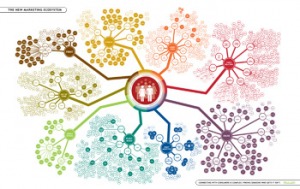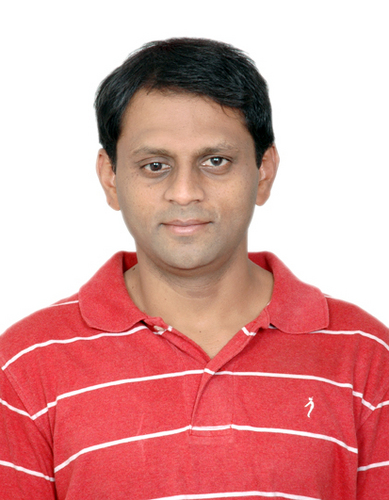 Zarir M. Karbhari is the Chief Architect of CopyNotify! & Founder of CygNET Systems Pvt. Ltd shares his journey of diversifying a outsourced programming services company into a software product company. The company was founded in 1995 with a focus of offering hi-tech outsourced programming services for companies based all over the world. The company maintained this hi-tech niche by ensuring that most of its projects involved network programming, communication protocols and device driver development for various operating systems.
Zarir M. Karbhari is the Chief Architect of CopyNotify! & Founder of CygNET Systems Pvt. Ltd shares his journey of diversifying a outsourced programming services company into a software product company. The company was founded in 1995 with a focus of offering hi-tech outsourced programming services for companies based all over the world. The company maintained this hi-tech niche by ensuring that most of its projects involved network programming, communication protocols and device driver development for various operating systems.
Decision to diversify to product development — What factors contributed to this?
Based on inherent in house expertise and experience of over 100,000 programming hours in the field of application development, networking, security and communications, a strategic decision was made by CygNET Systems Pvt. Ltd. in 2007 to move up the ‘value’ ecosystem and develop a network security software product which catered to the needs of the small business user which was at that point a perceived need of the hour.
Explain the journey of evolving your core product. What aspects and feedback were important in this process?
Security against data theft of source code was becoming paramount in the outsourced programming industry in India and many nightmarish stories of how data was being copied in an unauthorized manner and without detection via USB flash drives were beginning to surface. So theft via USB became the initial ‘problem to solve ‘. Instead of searching the web for similar
anti data theft products and cloning them, the engineers at CygNET Systems Pvt. Ltd took the route of talking to system administrators & small business owners and created a vision specification for CopyNotify based on their feedback.
The company had identified a problem, spoken in detail to those who were facing the problem and then went on to design a software product to solve the problem. From a simple beginning of just detecting the insertion of USB Flash Drives, the product soon evolved into a full fledged Data Security Software for small office networks.
Can you share details about your products.
CygNET Systems currently has released 3 products.
1. CopyNotify! (Data Protection that went GREEN)
CopyNotify! is an entry level data protection software designed specially for the small business / SOHO networks. The software deploys anti data theft measures for computers on the office network by disabling the copying of data to external USB drives and Smart Phones, blocking internet connectivity via portable modems / data cards as well as restricting browser based uploads of data.
The software monitors user logon activities such as privilege levels, remote logons and invalid logons. Software installs and un-installs on the network are logged as well as rogue devices attempting to access network resources can also be detected.
CopyNotify! goes GREEN in data protection by also offering electricity saving features such as switching off IDLE machines and the auto shutdown of computers after office hours.
2. Insta-LockDown ( Data Protection at a Key Stroke )
The personal edition of CopyNotify! is called Insta-LockDown. It has been designed for single computers / laptops and locks down the copying of data with a simple keystroke combination.
Insta-LockDown restricts the copying of data through various routinely used data channels such as the internet, file attachments, removable USB devices and Bluetooth transfer to smart phones and comes in handy when single PCs are used by multiple users and protection of confidential data is a concern. It also plays a protective role against data theft when administrative privileges are granted to multiple users of the same PC or the admin password has been inadvertently compromised.
3. GreenNotify! (Energy Saver Software)
GreenNotify is an energy conservation software that reduces electricity bills of small businesses by automatically switching off computers that are not being used and shutting down computers automatically after office hours.
Your views on how your offering is differentiated in the market / Competitive advantage you have over others in the same space. Your plan of achieving success in a crowded and mature marketplace.
During this endeavor of developing a security software, CygNET Systems Pvt. Ltd in its strategy never tried to compare or clone its software with those released by its perceived competitors. A data security need had been perceived and the requirement of simplicity of acquisition, cost and expertise for Indian conditions had to be addressed.
In today’s digital world, protection from data theft is crucial and soon will become a ‘must’. However for small business users, the prohibitive acquisition costs of sophisticated Data Loss Prevention software and the level of IT expertise required at times results in data security being ignored all together. Also more often than not, the DLP software is an overkill in terms of ‘cost versus capability’ for small organizations due to non suitability of all available software features.
With CopyNotify! and its affiliated products, data protection software is made as easily available and affordable as a ‘wada pav’. A ‘wada pav’ is a popular spicy fast food native to Maharashtra. It is filling, inexpensive and caters to the masses.
Keeping the analogy of the ‘wada pav’ in mind, CopyNotify! offers data security solutions that brings enterprise level data protection to the average computer user. The software does basic data protection, is inexpensive in acquisition, feasible in implementation and simple enough to accepted by the average business user. CygNET Systems firmly believes that in India unless the use of data security software percolates down to the average user, an acceptable deterrence against data breaches will never be achieved whatever the size of any organization.
Very low cost of acquisition, suitability for Indian conditions and ease of use of the software products developed by CygNET Systems Pvt. Ltd are already paying rich dividends by the way of increase of sales.
Key learning from selling to customers
Feedback is crucial for a good product. Right from its inception, the team behind CopyNotify! have taken the feedback of users in the field, tried to understand the problems they face in a routine day and then design the software to alleviate these problems. This principle of user feedback based feature additions has made CopyNotify! very popular with its existing customers.
Your views on relevance or importance of leveraging channels and partnerships to sell.
It is far too expensive and time consuming for a startup to set up its own channel of resellers / distributors or having its own sales force. Partnering with existing VARs/Distributors/Resellers is best way to proceed as these organizations already have existing sales networks which can used to push the product out to the market.
The biggest difficulty is getting a partner / distributor to sign up with a start up is the ‘curse’ of being an unknown brand as the effort to push non branded product becomes more time consuming and expensive for the partner hence the reluctance to partner with a start up.
Your views on alliances and its benefits/pitfalls.
For any software product, alliances should not be shirked away from, be it technical, financial or by the way of sales and marketing however care should be taken that all is in ‘black and white’ and immense care should be taken that in the hype tornado of ‘promises and assured success’ the best interests of the start up is kept in mind at all times.
Your views on networking with industry colleagues and participation in conferences. The benefits or pitfalls of the same.
Networking is great provided one can get themselves in a group that is one step ahead of one’s current stage of business and can actually help with getting more sales. Networking is about getting the right connections to make more sales and not just about collecting visiting cards.
Your message for product development entrepreneurs for India.
You might have a great software product but unless you know how to tell the world about it, it will never sell. If it does not sell, your idea was of no use in the first place.
 I always like to read and understand the successes of product entrepreneurs, which include some inspiring stories, the challenges faced by them and how they have been able to address global markets. These are the stories which will inspire a new generation of product companies from India, and indeed, it’s been a wonderful journey, for me personally, as well as for the people who have been involved.
Here’s what ProductNation is today –
I always like to read and understand the successes of product entrepreneurs, which include some inspiring stories, the challenges faced by them and how they have been able to address global markets. These are the stories which will inspire a new generation of product companies from India, and indeed, it’s been a wonderful journey, for me personally, as well as for the people who have been involved.
Here’s what ProductNation is today – 



